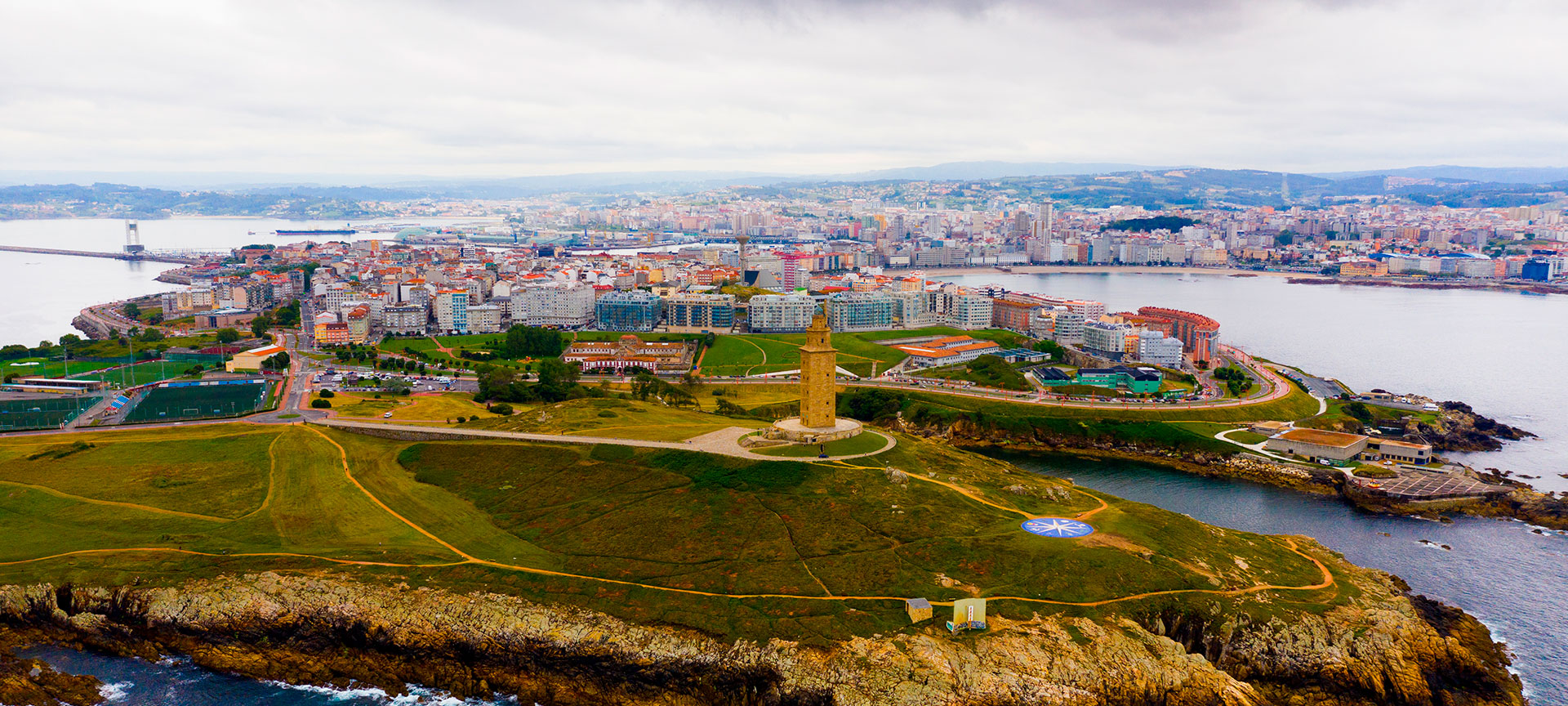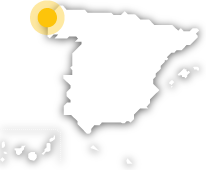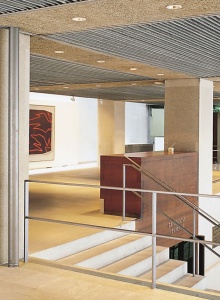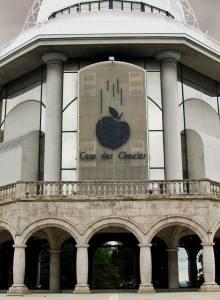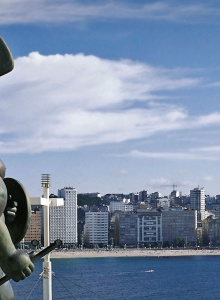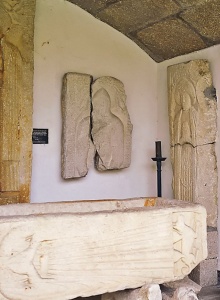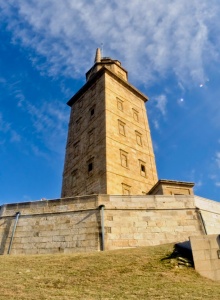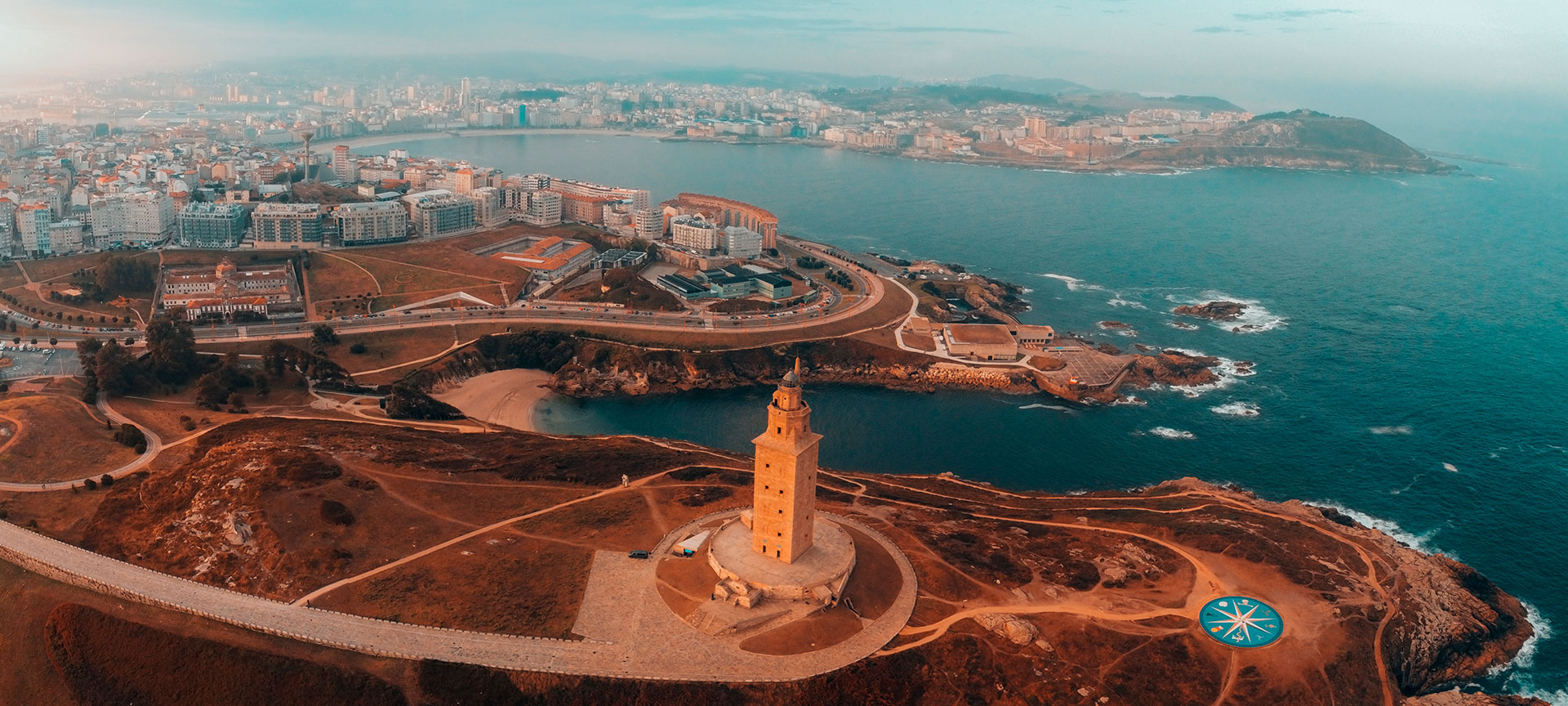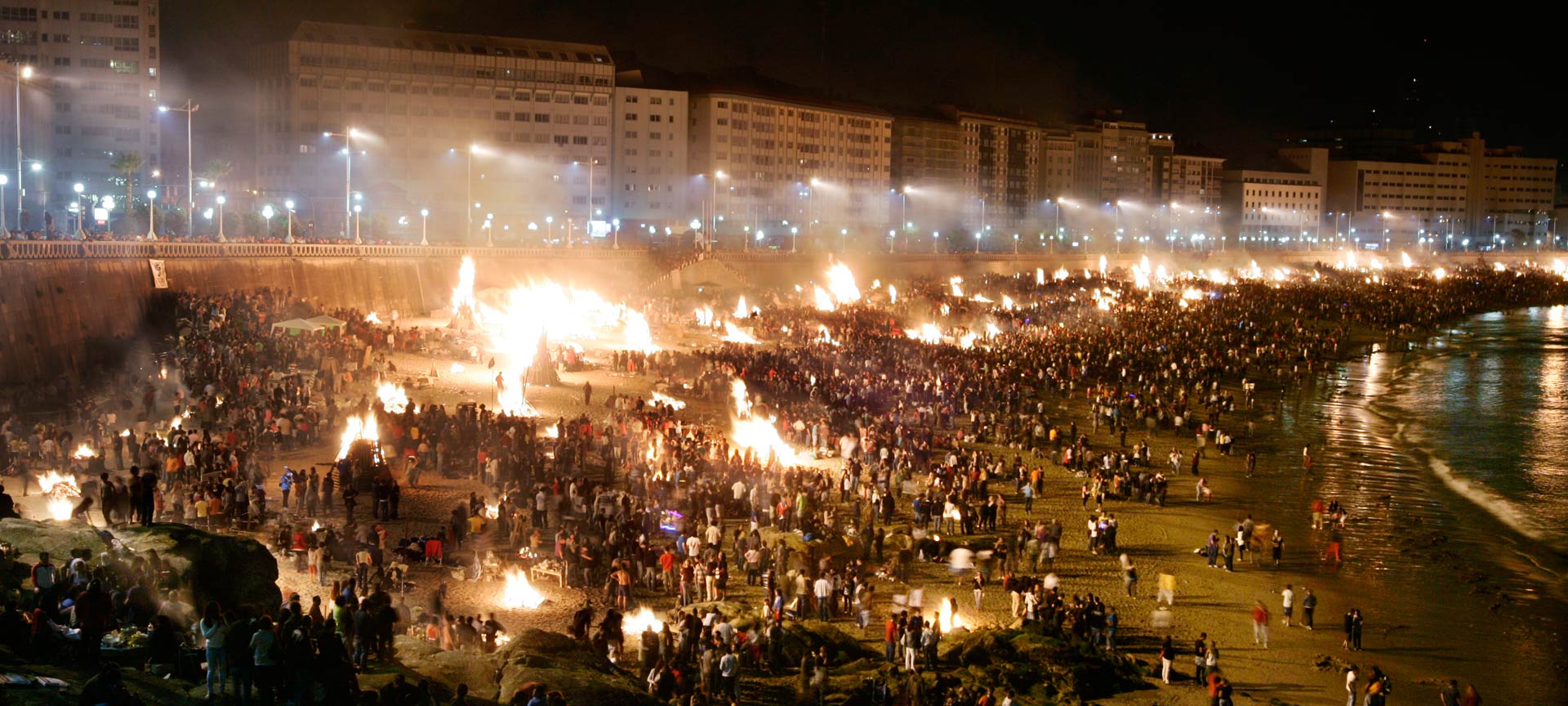Facing the Atlantic Ocean, A Coruña is a city whose history is closely intertwined with its ancient fishing and trading port.
The Aquarium Finisterrae, Domus and the Science Museum are a few of the spaces that show the more modern and playful side of the city of A Coruña, which offers one of its most beautiful scenes on the wide Riazor and Orzán beaches. Its attractions are complemented by a cuisine which is famous throughout the country, especially for the excellence of its fish and seafood, and the meat produced in the province.Although A Coruña may have begun as a Celtic settlement, the city began to take on greater historical importance in Roman times, when the port became a key location in navigation routes. This period is attested by the Tower of Hercules, the oldest working Roman lighthouse in the world, and the symbol of the city. Now an official National Monument, it was built in the late 1st or early 2nd century, during the rule of Emperor Trajan. It has undergone many changes over the years, the latest in 1791, when Charles III commissioned the architect Giannini to restore the tower and replace its cladding.The port has long been the scene of important historical events, such as the defeat in 1589 of the English privateer Francis Drake thanks to the resistance of the citizens, led by the heroic María Pita.The layout of the medieval town was limited to the peninsula. Its lively streets are lined with fine examples of Romanesque architecture. One of the most beautiful is the Church of Santiago. Built in the 12th century, it is the oldest church in the city, with later additions from the 14th and 15th centuries. Inside, the nave is wide, with pointed arches, and a polychromed statue of St. James the Apostle which dates from the 13th century. Thanks to its architectural interest it is an official Historic and Artistic Monument.In the upper part of the old city centre is another church with similar decoration, Santa María del Campo. This former collegiate church was built in the 12th and 13th centuries by the Sailors' Guild. An added attraction is the Museum of Religious Art inside the church, with works ranging from the 12th to the 15th centuries.The convent of Santa Bárbara ( 15th century) and the beautiful square of the same name are an official historic and artistic site. The convent complex, on the site of an earlier chapel to St. Barbara, was enlarged in the 17th and 18th centuries.Baroque A CoruñaThe Baroque style can be seen in other religious buildings. For example, the church of Las Capuchinas, with a lovely façade in the Compostelan Baroque style of the 18th century.Nearby are the churches of San Nicolás and San Jorge, both built in the early 18th century in the Baroque manner. San Nicolás, near the Town Hall, was designed by Domingo de Andrade. San Jorge is notable for a niche in its interior holding an image of the Virgin of Sorrows from the same period.The convent of Santo Domingo is also worth seeing. The slender 18th-century façade conceals an interior chapel dedicated to the Virgin of the Rosary, the patron saint of the city.You should also visit the city's most important civil constructions. The Town Hall is on Plaza de María Pita, the city's central square. It is an elegant, monumental building from the early 20th century, characterised by arcades and galleries, with three towers topped by attractive domes.Close by is the Emilia Pardo Bazán museum house, an aristocratic 18th-century mansion which was the home of this Galician writer, an outstanding figure in Spanish 19th-century literature. Part of the building is now occupied by the Real Academia Gallega.Another must-see in the centre of A Coruña is the Garden of San Carlos, an official historic and artistic site. The walls of the fortress of San Carlos, which dates from 1843, shelter this unique space, home of the Archive of the Kingdom of Galicia. The centre is dominated by the tomb of Sir John Moore, a British general killed in the Battle of Corunna in 1809.The old city centre is encircled by the coastline, where A Coruña combines tradition and modernity. Opposite the port, on Avenida de la Marina, are the characteristic houses with glazed white balconies (19th century) that form one of the most recognisable features of A Coruña and have earned it the title ‘Glass City’.The Castle of San Antón, at one end of the port area, was built in the late 16th century for defence, and later remodelled in the 18th century. It is now the Provincial Archaeological Museum, providing an interesting overview of Galician prehistory with various metalwork pieces, objects and tools from the Castro culture.The long seafront promenade offers other outstanding cultural attractions. The Aquarium Finisterrae, near the Tower of Hercules, is one of the largest aquariums in Spain, and also includes interactive exhibitions relating to the sea. Human beings are the central subject of the Domus or House of Man in a futuristic building by the architect Arata Isozaki. Inside, interactive galleries illustrate humanity through a variety of media and art forms. The promenade ends at the wide Riazor and Orzán beaches, the main leisure destination of the local people.You can complete your tour of the museums at the Science Museum in Santa Margarita Park, one of the capital's largest green areas. It is notable for its Planetarium, and the permanent exhibition explains scientific, technological and natural principles interactively.For another interesting walk through the city you can take the Picasso Route, following in the footsteps of the great artist, who lived in A Coruña for almost four years. The stops along the route include the house where he lived, Plaza de Pontevedra (the square where he played and went to school), Riazor beach (which Picasso drew), the Art School (which displays his qualifications), Santo Amaro Cemetery (where his little sister was buried) and the Tower of Hercules (where he often sought inspiration).Cuisine and countrysideThe food of A Coruña combines the best of the coast and the interior. From the coast comes excellent seafood: velvet crab, goose barnacle, spider crab, langoustine, etc. There are also delicious fish dishes such as monkfish caldeirada, hake a la gallega (with onion, garlic and carrot) or grilled sole. Pies are found both on the coast, with fish or seafood fillings, and inland, with meat. Pork is stewed with vegetables to make the famous lacón con grelos, while Galician veal is protected by a Designation of Origin. Any of the magnificent wines of Galicia with Designation of Origin (Monterrei, Ribeira Sacra, Ribeiro, Rías Baixas and Valdeorras) would be a fine accompaniment to these dishes. And for dessert, the famous Santiago cake (with almonds, sugar and flour).Around the capital of A Coruña there are plenty of interesting places to visit, such as Betanzos, an official historic and artistic site; Santiago de Compostela, the capital of Galicia and World Heritage city, or Ferrol.In Santiago de Compostela you can stay at the Parador ‘Hostal de los Reyes Católicos’ ( 15th century), a National Monument. And the Parador of Ferrol is one of the best places to stay in this seaside town. Some of Galicia's most important ecosystems are in A Coruña, including Fragas do Eume Natural Park and the dunes and lagoons of Dunar de Corrubedo and Lagunas de Carregal y Vixán Natural Parks. The landscapes of the Costa da Morte are also of great interest – the route takes you along the rugged Atlantic coast through towns such as Camariñas, Corcubión and Fisterra.
